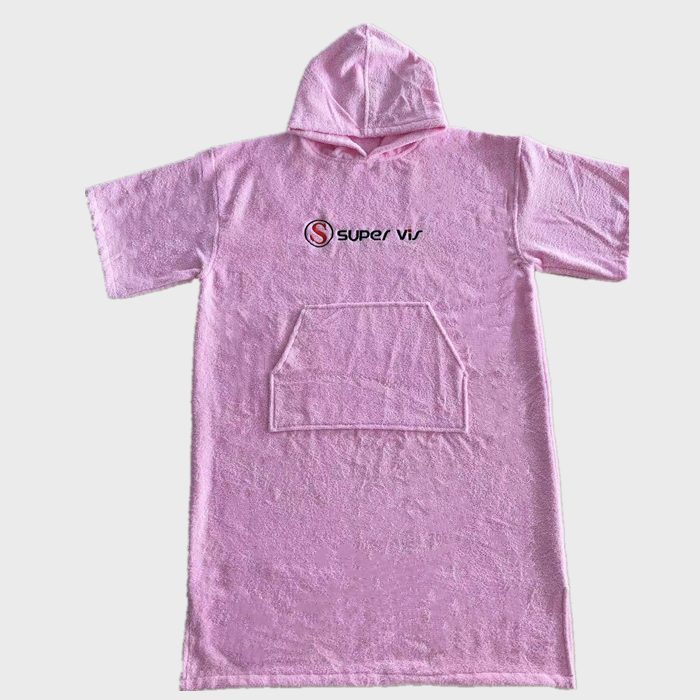Apple Planting Technology
Seedling Selection
In mountainous orchards and areas prone to drought or flooding, the main types of seedlings are anthracite and short-stemmed varieties. In flat regions and irrigated areas, dwarfing rootstocks such as M9 or M26 are commonly used. It is essential to choose a mix of early, mid, and late-season varieties along with compatible pollinators. The selected seedlings should have a well-developed root system, full buds, a height of at least 80 cm, a root diameter of 0.8 cm or more, and a strong, healthy trunk. Avoid using unapproved local seedlings, those with unclear rootstock, or common rootstocks that are not suitable for the area.
Planting Density
In hilly and mountainous orchards, the spacing between rows should be slightly reduced, while in flat areas, it should be increased. When planting with Qiao stock seedlings, the recommended spacing is 4 meters by 4 meters. For dwarfing interstocks and semi-dwarf seedlings, a spacing of 2 meters by 4 meters is ideal. Proper density helps optimize light exposure, air circulation, and fruit production, ensuring the long-term health and productivity of the orchard.
Planting Time and Method
Planting can be done in autumn in cold or early spring regions where fruit trees are less likely to suffer from frost. In dry and cold areas, wait until the soil thaws before planting in spring. Before planting, dig pits measuring 60 to 80 cubic centimeters. Mix 15 to 20 kilograms of well-decomposed organic fertilizer with 50 to 100 grams of nitrogen fertilizer. If the soil is low in phosphorus, add 50 to 100 grams of diammonium phosphate. Fill the pit with soil up to 20 cm below the surface, place the seedling, spread the roots, gently press the soil, and water immediately. After planting, trim the seedling to a height of 60 to 80 cm with full buds and cover the base with a plastic film to protect against cold and reduce transpiration. In favorable conditions, apply a plant transpiration inhibitor to improve survival rates. Once planted, install support stakes (bamboo poles with a diameter of 3 to 4 cm) to help the seedling grow straight and strengthen its stem structure.
Soil Management
Deep soil cultivation is important during the first few years after planting, especially when applying autumn fertilizers. Soil improvement is crucial for orchards with thin topsoil or exposed roots; in such cases, tree trenches or full garden leveling should be done in autumn or winter to increase the soil layer. For sandy or clay soils, amendments like clay or sand can enhance soil quality. Intercropping with dwarf nitrogen-fixing crops like peanuts or beans is encouraged during the early years to maximize land use, while tall crops and vegetables should be avoided. Planting green manure crops such as clover or vetch between fruit trees can improve soil fertility. Naturally growing grass can also be managed through regular mowing, irrigation, and fertilization. After several years, plow the grass under to rejuvenate the soil and maintain its health over time.
Professional kids surf towel poncho, quick dry towel poncho, cotton customized logo towel poncho, adult towel poncho, microfiber towel poncho, beach Surf Poncho, swimming change poncho and etc.
| Product Name | Waterproof surf poncho long sleeve dry robe warm outdoor sport robes |
| Size | One size or customized |
| Color | Black, Grey, Blue, Red and etc and customized |
| Fabric | Recycled nylon and polyester |
| Sample | Available ( about 5-7 days) |
| Logo | Customized logo accepted |

Kids Surf Towel Poncho,Quick Dry Surf Towel Poncho,Dry Robe Surf Poncho,Kids Dry Robe For Sale
Suzhou Golden Gamrnet MFG Co.,Ltd , https://www.svchangerobe.com